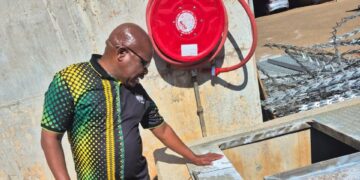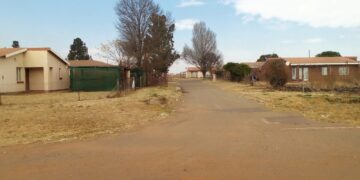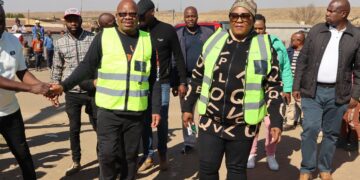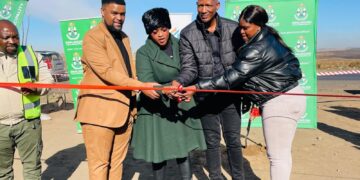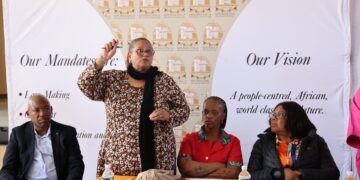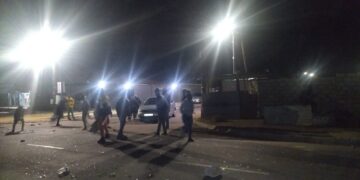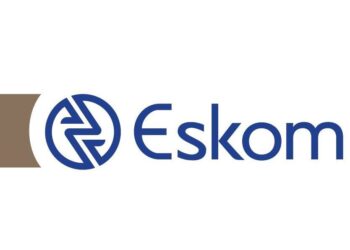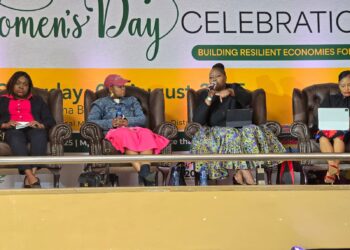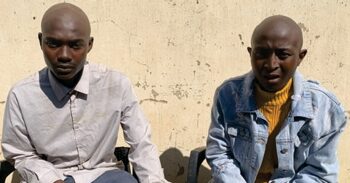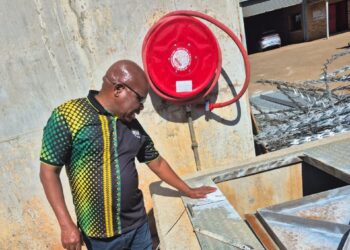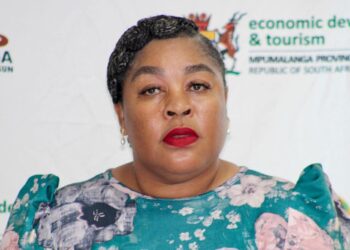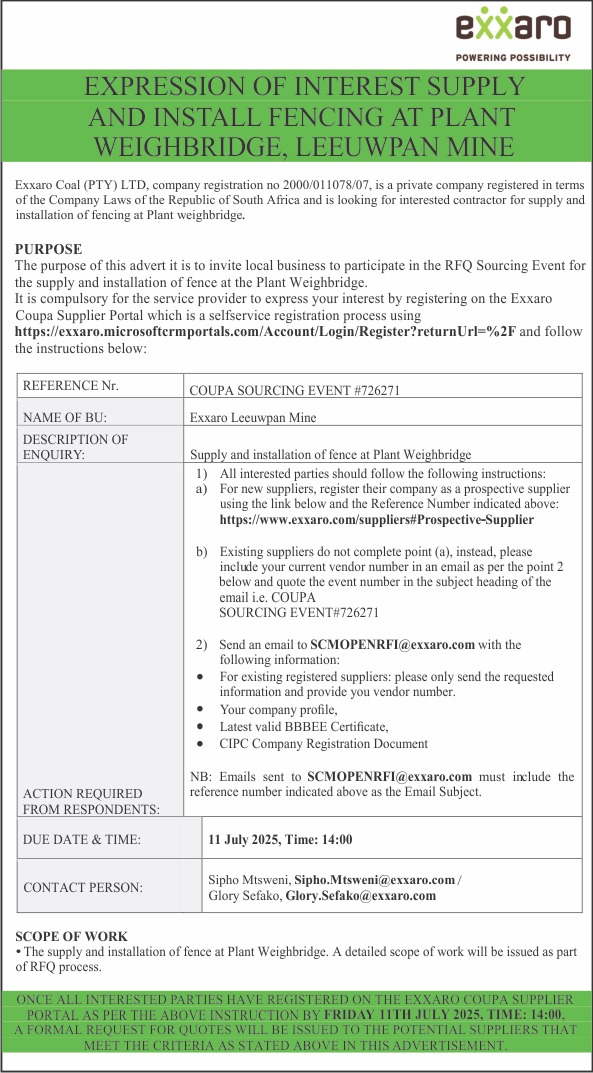We marked 26 years of freedom and democracy on 27 April, and it was also a day signifying an important date in our lives when all people of SA regardless of colour had queued to cast the first vote in 1994.

We may not have freedom of movement right now but freedom is much more than that so the question is, “Are we truly free as the citizens of the country?” One would say true freedom is a state of mind, as we are all in a lockdown, do you feel free? “During my lifetime I have dedicated myself to this struggle of the African people. I have fought against white domination, and I have fought against black domination. I have cherished the ideal of a democratic and free society in which all persons live together in harmony and with equal opportunities. It is an ideal which I hope to live for and to achieve. But if needs be, it is an ideal for which I am prepared to die,” quotes from NELSON MANDELA, the first President of democratic South Africa.
Tata Nelson Mandela’s words bring a lot of questions in one’s mind: “Are we an equal society? Do we all share equal rights? Do we all get equal treatment from our government? Are we a free democratic society? Is there any harmony among ourselves and across all races? Are we tolerant of each other’s religion? Do we have access to equal opportunities?”
The big question remains: “Are we political and economically free?” Based on the huge number of social relief requests to the government this is clear evidence that the majority are heavily dependent on the state for survival.
According to STATS SA, South Africa is consistently ranked as one of the most unequal countries in the world, an empirical fact that has its roots in the history of colonisation and apartheid. Despite many efforts by the government to reduce inequality since our democratic transition in 1994, progress has been limited.
Inequality amongst black Africans was the most unequal compared to other population groups and the contribution of black Africans to overall inequality was the highest and has risen over time.
INEQUALITY TRENDS
The bottom 60% of households depend more on social grants and less on income from the labour market. Female workers earn approximately 30% less, on average than male workers. Black Africans earn the lowest wages when they are employed with R6 899 average per month. Whites earn substantially higher wages than all the other population groups with R24 646 average per month. For coloureds and Indians/Asians, the corresponding figures are R9 339 and R14 235 per month, respectively.
Approximately half (49,2%) of the adult population is living below the upper-bound poverty line (UBPL).
Female-headed households mostly felt the experience of poverty. Gauteng and the Western Cape had the lowest proportion of adults living in poverty (UBPL).
ACCESS TO GOOD HEALTH
In 2002, only 8,1% of black Africans had access to medical aid as compared to 69,2% of whites, while in 2017, 10,1% of black Africans were covered as compared to 72,4% amongst whites. In 2017, 50,2% of households based in urban areas reported using a health care facility that took them less than 15 minutes to reach while 48,9% of rural dwellers used a health care facility that took them 15 to 29 minutes to reach.
ACCESS TO CLEAN WATER
Households in urban areas recorded an access level of 89,8% in 2002 which slightly declined to 88,8% in 2017. Meanwhile, rural households increased from 33,6% to 40,4% between 2002 and 2017.
UNEMPLOYMENT RATE
South Africa’s unemployment rate held steady at 29.1 percent. The youth aged 15–24 years are the most vulnerable in the South African labour market as the unemployment rate among this age group was 55,2% in the 1st quarter of 2019. Among graduates in this age group, the unemployment rate was 31,0% during this period compared to 19,5% in the 4th quarter of 2018 – an increase of 11,4 percentage points quarter-on-quarter.
So it remains to be seen if WE ARE TRULY FREE! HAPPY FREEDOM DAY TO ALL!!



